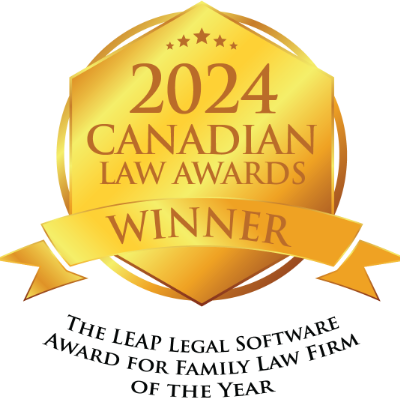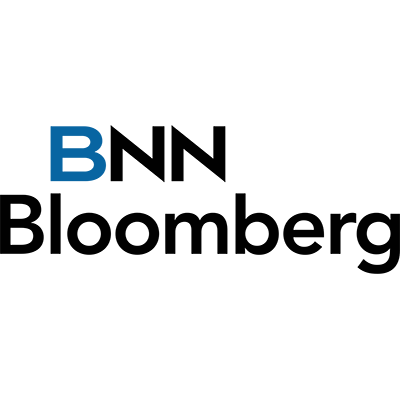Preserve your family relationships and arrive at mutually agreeable arrangements.
How does collaborative separation and divorce work?
What are the advantages of using a collaborative process?
Does the collaborative process keep divorce out of court?
How does collaborative separation and divorce work?
Collaborative law is an integrated cross-disciplinary system for problem solving in separation and divorce situations. MacLean Family lawyers coordinate their work with other collaborative professionals who specialize in addressing emotional and financial problems of divorce. Other professionals may include communication coaches, financial planners, psychologists and child specialists. Everyone works together as a team, seeking to de-escalate conflict and help the couple or family restructure in a positive manner.
Collaborative law encourages and in fact mandates that the process be transparent or open with full disclosure between the parties so everyone can fairly, reasonably and fully negotiate a successful, good faith resolution. This process is done outside of court and is a true team approach with open and honest communication. Each lawyer is independent from the other and represents only one party in the process. No one is allowed to use threats of abandoning the process or resort to litigation as a way of forcing settlement. In the event that either party chooses to withdraw from the process and resort to litigation, each of the lawyers must withdraw and cannot continue to act in the litigation process.
Each of the parties with the lawyers sign a binding agreement defining the scope and sole purpose of the lawyers’ representation: to help the parties reach an agreement that meets the needs of the parties using creative problem solving, conflict resolution techniques and good faith negotiation.
Once an agreement (separation, divorce, support or parenting agreement) has been reached using the collaborative family law process, it becomes a legal contract.
What are the advantages of using a collaborative process?
The collaborative law process has several advantages:
- It provides greater privacy, as opposed to court cases, which are public;
- The collaborative law process is much faster, often resulting in resolution within months, as opposed to years of litigation;
- The process is intent on preserving relationships as opposed to straining and damaging them further as litigation usually does;
- The collaborative law process provides the parties with control over the resolution of their family law matter, as opposed to litigation where the court takes complete control;
- Only a particular family is an expert on that family, and the collaborative law process allows parties to tailor a separation solution to suit their family and their needs. A judge in court is unfamiliar with the families that enter their courtroom and thus may not be able to craft settlements that meet the family’s needs;
- The collaborative law process is much less costly than litigation.
Participants have the benefit of a full team of professionals assisting and supporting them, so they can be confident that they are getting accurate and sound advice in each discrete area of their family law dispute.
Does the collaborative process keep divorce out of court?
People often think that going to court is the only way to resolve their family law issues. However, litigation is often is not the best option, when in fact there are several alternatives. Collaborative law is one such process and should be considered as a viable option for your family law dispute resolution.
Collaborative law is a consensual dispute resolution process facilitated by collaboratively trained lawyers, divorce coaches, and sometimes financial experts or child experts who assist in reaching a settlement through cooperative as opposed to adversarial strategies. At the outset of the collaborative law process, parties agree that they will not go to court, and if they do, they must retain new counsel. Thus, the partakers and their lawyers are incentivized to resolve matters outside of court.
The collaborative process is a dispute resolution process founded on these core elements:
- A pledge to engage in non-positional negotiation to reach a mutually acceptable resolution without going to court;
- Honest and good faith communication and exchange of information;
- A goal of creating shared solutions that take into account the interests of both clients;
- Most would agree that it would be a much more fulfilling experience to reach agreements and settlements in a manner that’s conducive to a healthy and happier family going forward.
MacLean Law is at the forefront of progressive alternative dispute-resolution approaches.








